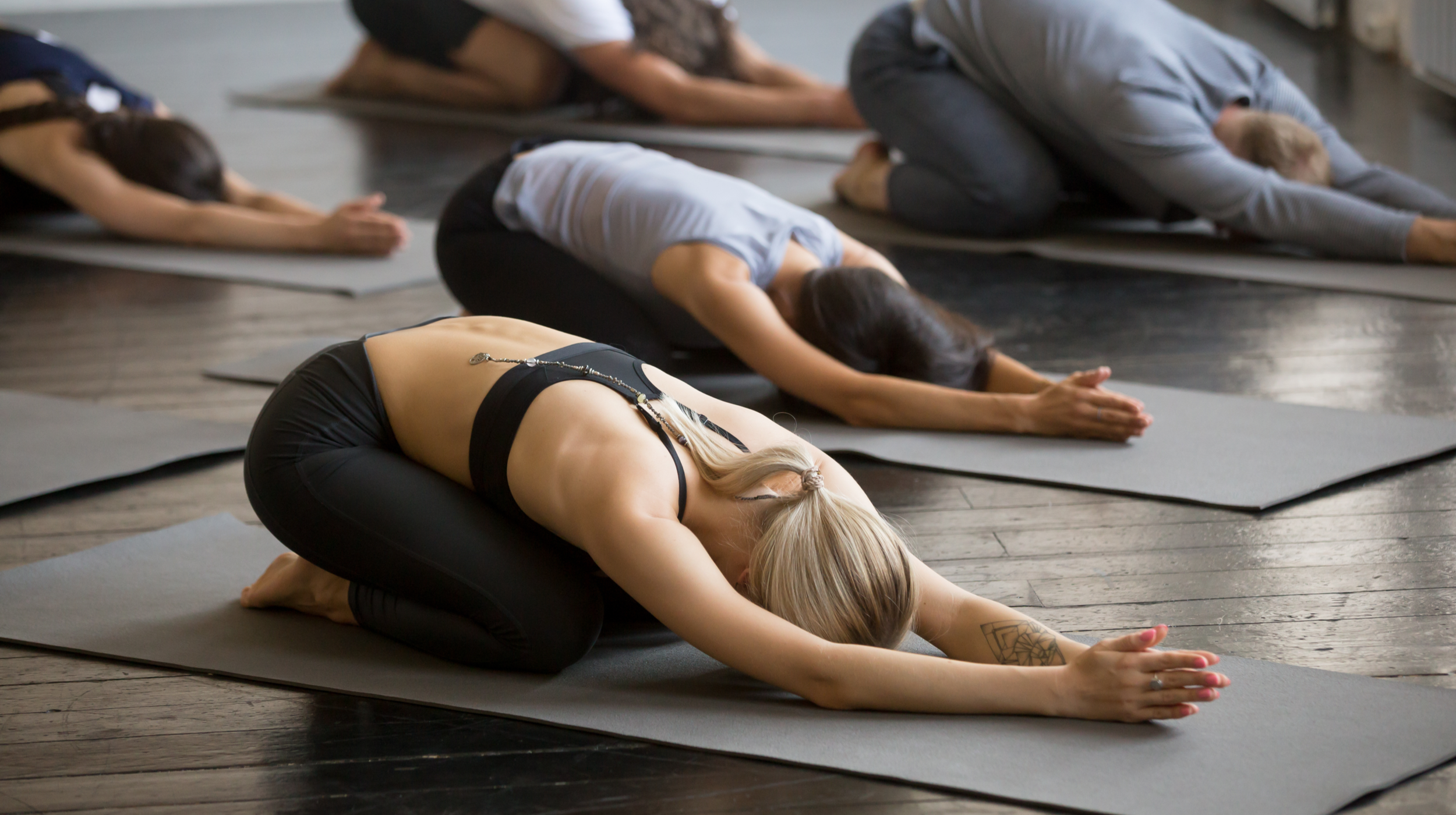Should I Incorporate Yoga Into My Workout Routine?
May 2, 2022 mindpumpLike many forms of exercise, yoga is a tool that can be used for anyone depending on their goals. The biggest questions you need to be asking yourself are why you are doing it and what you want to get out of it. Today, I’d like to go over some of the benefits and drawbacks to adding yoga into your programming to see if it’s a good fit for you.
The Pros
I believe all of us can use yoga on some level. We live in a fast paced society, where our stress levels build, and we aren’t rewarded for taking the time to stop and recover. Yoga can be that tool that helps you put your phone away, put the stress away, and focus on breathing and getting in tune with your mind and your body. No other exercise will provide that kind of recovery capability.
Some of you who are solely focused on muscle building are probably thinking it will just waste a day you could be in the gym, and take away from your gains. Let’s take a look at it from another perspective. Our muscle growth is only as quick as we are able to recover from it. If we can’t recover, or recover optimally, then you are leaving gains on the table. If your body is being overworked from stress whether it’s too much volume in the gym or at work, your body will resist wanting to put on muscle.
Stress also causes you to crave more palatable food which would make losing weight harder. What we want are days sprinkled throughout our week where we are continuing to be active, but keeping our output low and allowing our muscles to still get blood flow and stay loose. Increasing blood flow to sore muscles will allow for quicker recovery, and using yoga will help ensure you use a full range.
Full range of motion is the other key to the muscle building puzzle. When we workout we get tight. Yoga will help open up your range of motion. A really good yoga teacher will make sure during the entirety of the session you are actively engaging your muscles as you get into different positions. Yoga shouldn’t be passive. You want to actively be thinking about your muscles engaging. This will allow you to connect to weak or dormant muscles, and translate to better ranges of motion in the gym. A lifter who uses a full range of motion will always get better gains than the one using shortened ranges.
Cons
From a purely muscle building or fat loss standpoint, yoga doesn’t work a lot of calories. At least compared to an equivalent duration cardio session. While you can build some muscle doing yoga, it also will never produce the same muscle adaptations and growth as a solid resistance training program. You also have to be careful with flexibility vs mobility. I know a lot of yoga enthusiasts who are very flexible, but the moment you add a load on them in the stretched position, they are weak, and at risk for injury. You want to make sure whatever newfound ranges you create in yoga class, you take over to your gym sessions as warmups and make sure you own those ranges with added weight.
What most people don’t realize is when we get injured, it’s because we get accidentally put into a vulnerable position we can’t handle. This doesn’t just happen to people who are tight, but also overly flexible people. For example, an experienced yogi can easily touch their toes, or get into a squat position to try and move something. But what would happen if they had to move something a little heavy? Do they have the stability and control to lift a couch or move a table without tweaking their low back? This is where proper stabilization and building up strength in conjunction with your yoga work will help you feel confident in those positions.
In the end, whether you choose to incorporate yoga or not, decide first why you are choosing to include it. Is it to help your recovery and reduce stress? Is it because someone told you you have to do it? From there, make sure to find a yoga class where you are actively engaging the muscle and finding a connection.







